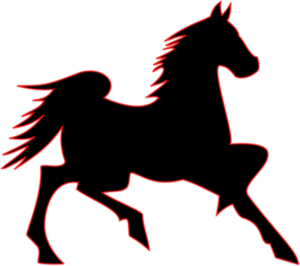Dorset dairy farmer Anthony Knott gained notoriety, not to mention incurring the wrath of the stewards, when climbing aboard his horse, Hunt Ball, alongside winning jockey Nick Schofield and riding into the winners’ enclosure at Wincanton in January, 2012. By his own admission, Knott ‘lost track completely’ on that occasion and was subsequently fined £100 by the stewards for his antics.
Worse was to follow when, in November, 2014, was found guilty of passing inside information about another of his horses, Theroadtogorey, in a novices’ hurdle at Uttoxeter in July, 2012. Despite being sent off 9/2 second favourite, the 6-year-old was soon tailed off and Knott was subsequently ‘warned off’ for three years by the British Horseracing Authority (BHA).
As a amateur jockey, Knott rode just one winner, after 28 years of trying, and retired from the saddle immediately afterwards. Claiming a 5lb weight allowance, Knott rode his own horse, Wise Men Say, to victory in the Racing Post ‘Hands And Heels’ Jumps Series Novices’ Handicap Hurdle at his local course, Wincanton, in November, 2008. However, having taken a 2-length lead on the run-in, Knott instinctively, and prematurely, stopped riding in the closing stages and stood up in the irons to wave to the crowd. Thankfully, he regained his senses quickly enough for his mount to hold on and win, gamely, by 1 ¾ lengths.
